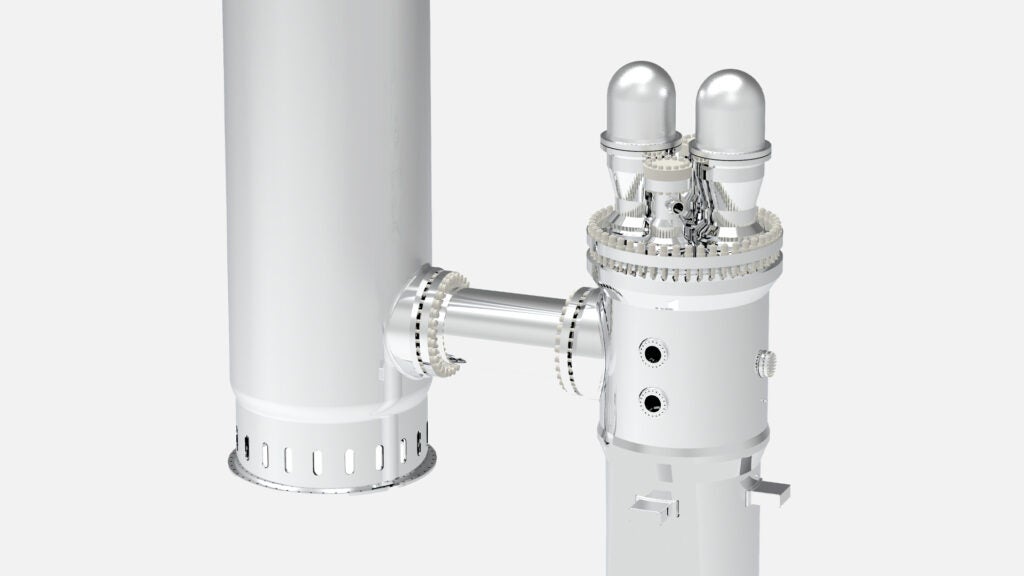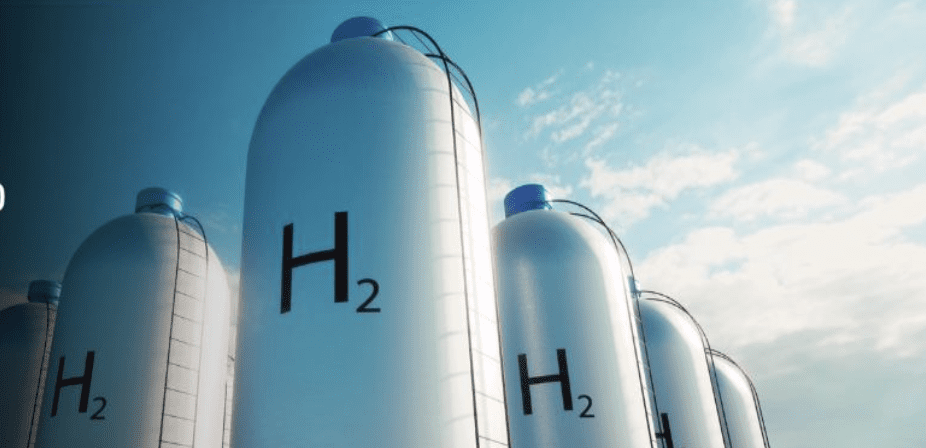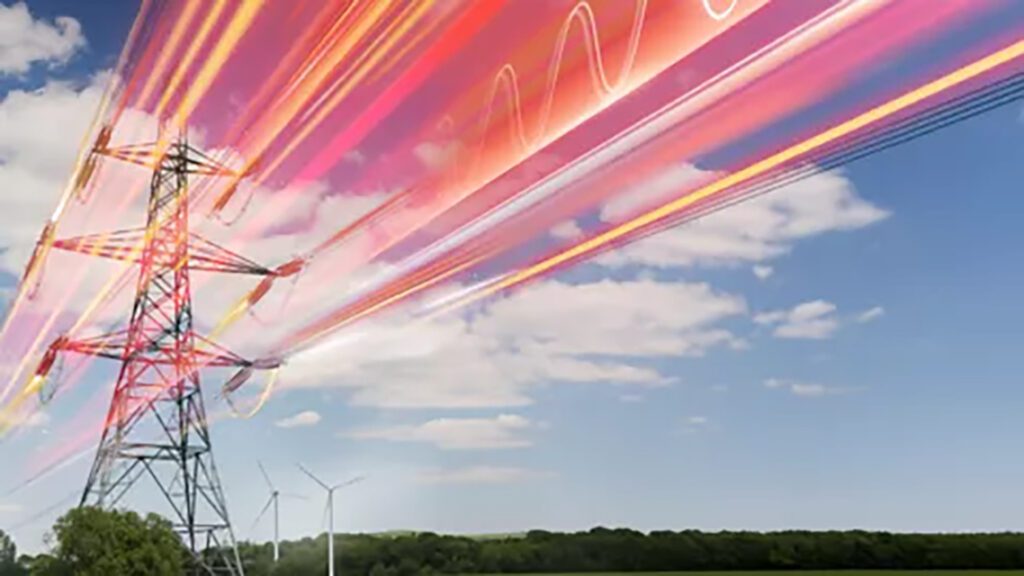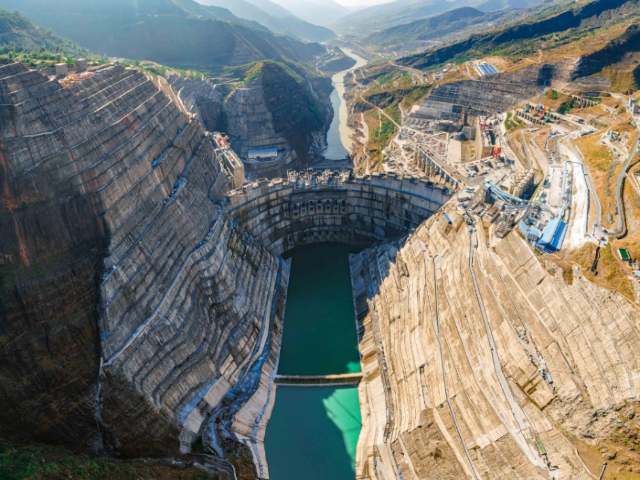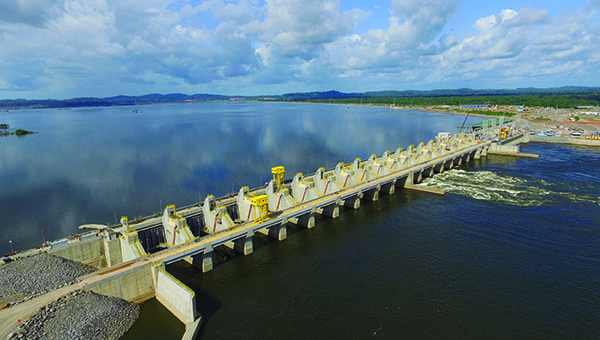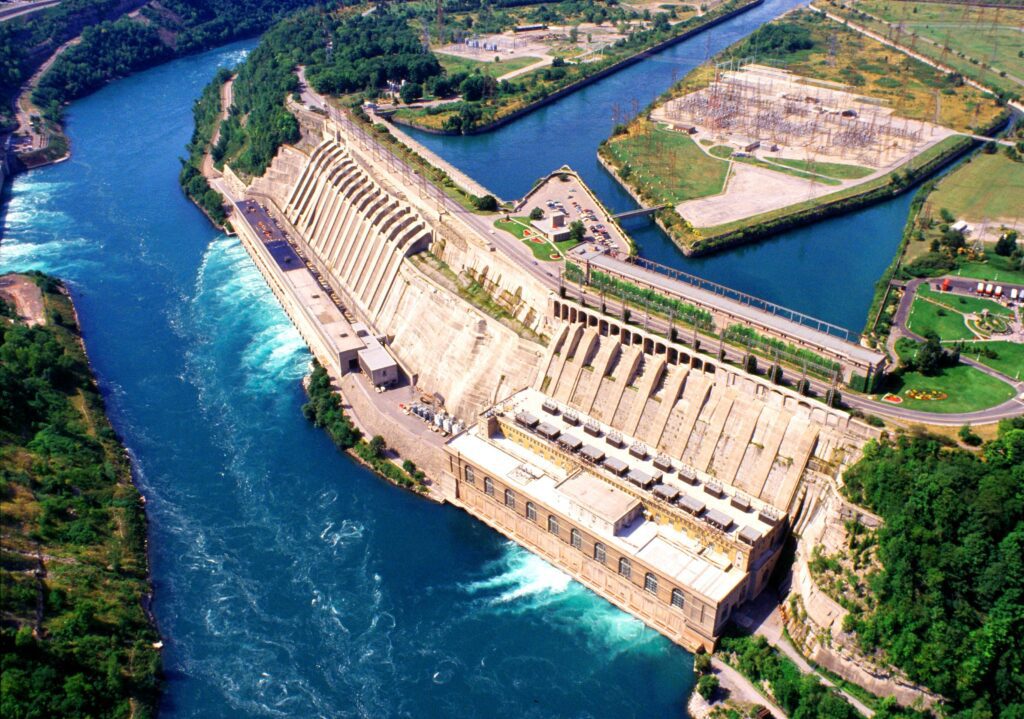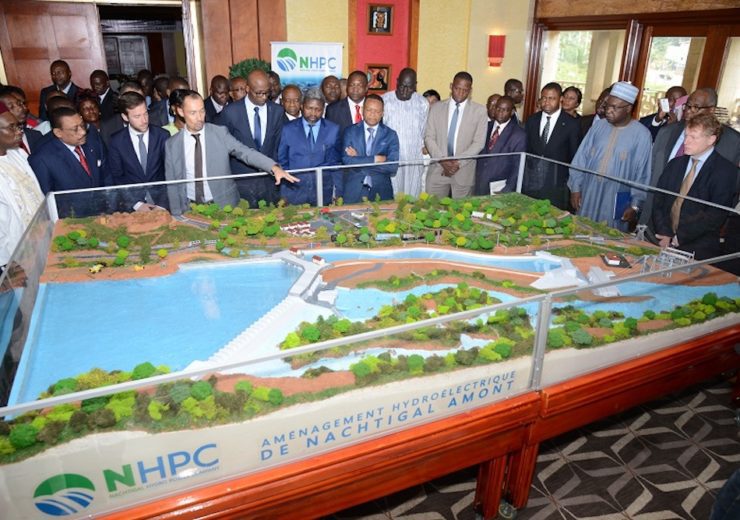GE Vernova said it has secured an order with Dominion Energy South Carolina to modernize two hydropower units at the Saluda Hydro facility on the Saluda River about 10 miles west of Columbia, South Carolina. The company on Dec. 2 said the project “will help extend the lifetime, reliability, performance, and operational flexibility of the power plant that has been generating sustainable and reliable power for almost a century.”
Dominion and GE Vernova on Monday said the collaboration builds on a longstanding relationship between the companies across all three GE Vernova business segments, including Power, Wind, and Electrification. Dominion Energy at present leverages GE Vernova technology in about 70% of the utility’s generation fleet.
The modernization project, along with extending the Saluda facility’s lifetime and optimizing the plant’s performance, also will support the water quality of the Saluda River by increasing dissolved oxygen through the implementation of GE Vernova’s aerating turbine technology. The company on Monday said the new equipment “oxygenates the water and ensures a minimum level of oxygen, contributing to protect aquatic life and the state’s natural resources.”

Saluda Hydro, which has operated since Dec. 1, 1930, is a 207.3-MW hydropower plant with five Francis turbines. The fifth unit at the plant has operated since 1971. The Saluda Dam at the site was originally built to support the power supply for the region’s textile industry. The dam also helped with flood control and recreation in the area; it facilitated construction of Lake Murray, a 48,000-acre reservoir.
“Our current turbines at Saluda Hydro have performed safely and successfully for more than 90 years,” said Dominion Energy Vice President of Generation Iris Griffin. “Investing in their replacement will help maintain the facility’s long-term reliability and, most importantly, continue to safely serve our customers for many years to come.”
Frederic Ribieras, Hydro Power CEO for GE Vernova, said, “Our team is delighted to bring its advanced solution to a site that has been serving the state for almost a century. This project shows that through both electricity generation and water management, hydropower can provide many benefits to communities, for a very long time.”
GE Vernova’s scope of work includes the engineering, procurement, construction, and installation of an aerating turbine to replace the Unit 1 and Unit 3 turbines, as well as the rehabilitation of the Unit 3 generator. The first unit is expected to be retrofitted by 2027.
GE Vernova has been developing patented and advanced aerating hydropower turbine technology, and has worked on innovating dissolved oxygen technology during more than 20 years of research and development. The company’s work in the sector includes the High Rock project in North Carolina. High Rock is part of the 215-MW Yadkin Project, a series of four hydroelectric stations, dams, and reservoirs along a 38-mile stretch of the Yadkin River about 75 miles from Charlotte. North Carolina.
Ribieras said, “As one of the oldest sources of renewable energy in the country, the ~100 gigawatts installed base [of hydropower] is aging, and we see large opportunities for modernization projects to enabling to deliver even more renewable energy into the grid and help accelerate the energy transition in the country.”
Hydropower represents about 27% of U.S. utility-scale renewable energy, according to the U.S. Dept. of Energy (DOE). The DOE has said hydropower has a 5.7% share of overall U.S. utility-scale electricity output.
—Darrell Proctor is a senior editor for POWER (@POWERmagazine).



